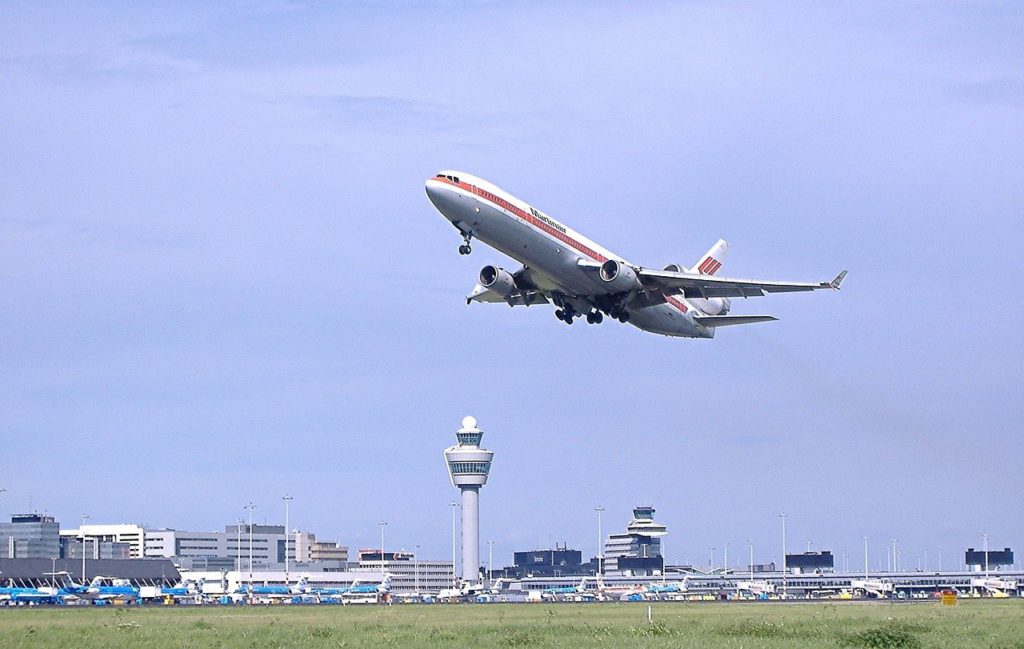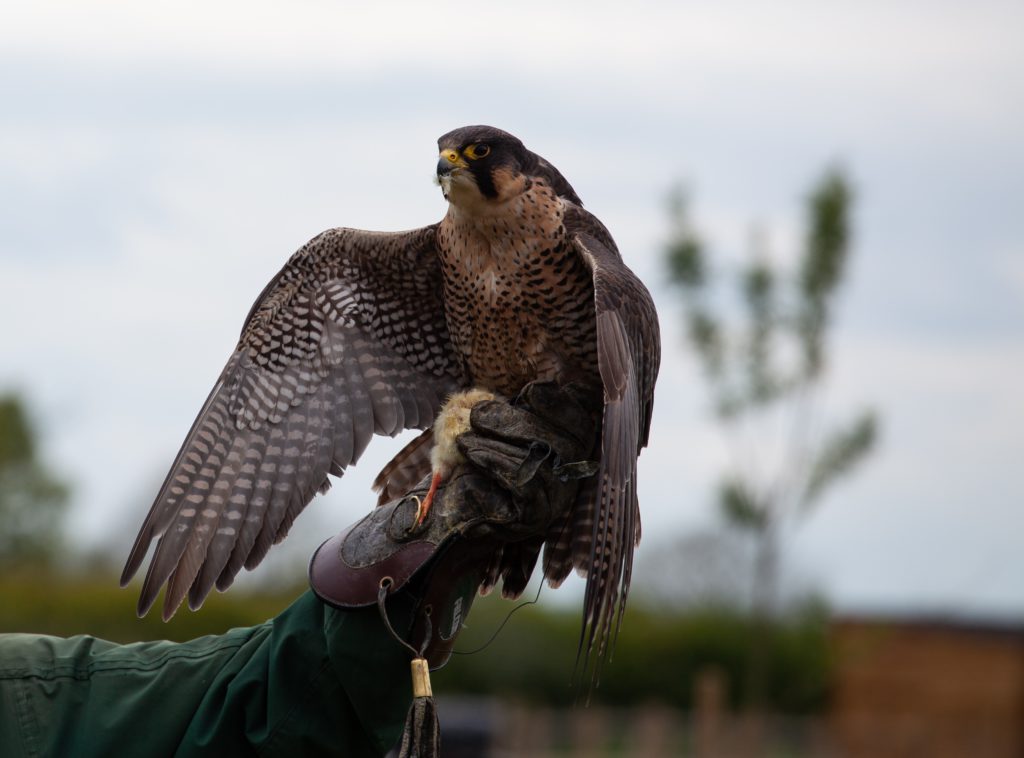Animals are aiding airport operations: Bee quality officers, falcon patrols and more
July 29, 2022

In the aviation industry, animals have a connotation of danger and disruption. Wildlife that strays into airport territory could cause delays with a ripple effect on flight schedules—along with the larger risk of machine damage.
However, Nature’s creatures and winged machinery may not be as adverse as many would imagine. In fact, they have long existed in synergy.
“We’ve seen not only specially trained dogs and cats appear in airports across the world, but also a wider array of both domesticated and wild animals,” said Vygaudas Ušackas, Member of the Board of Directors at Avia Solutions Group. Some cases of successful cooperation between animals and aviation come from a number of airports in Europe and North America.
Bees as environmental quality officers

According to Airport Landscape: Urban Ecologies in the Aerial Age, plant and animal species have long been integrated to airport landscapes. In 1992, Schiphol Airport notably piloted a Green airport master plan that took into account the surrounding green-blue landscapes and ecology. Opting for Nature-based solutions, bee hives were strategically placed throughout surrounding grasslands, where the bees would help propagate clover as ground cover.
Over the years, bees have indeed caused ruckus at several airports. For example, Pittsburgh International Airport in the United States had a swarm of thousands of bees grounding an aircraft for hours, interrupting refuelling and baggage loading.
Such disruptions were caused by travelling swarms of honeybees looking for a new home. As an ecologically friendly solution, numerous projects have been launched that not only provide apiaries for the little worker bees—but also to assist in monitoring environmental quality.
By housing honeybees within the airport territory, scientists are able to measure the level of toxins, heavy metals and hydrocarbons in the collected honey, as well as track emissions and overall carbon footprint.
Falcons for sky patrol

Bird strikes—the collision between a smaller bird and aircraft—could cause serious harm. Previous methods that were previously used to scare birds off airport grounds, such as sound cannons, have been heavily criticised due to being unethical.
Bioethical management solutions include employing hawks to keep the take-off and landing airspace clear of smaller birds. This falconry system is in place at Wroclaw Airport in Poland.
“As birds of prey, they circle around the airport’s territory and naturally repel any smaller birds that could fall into its talons,” explained Ušackas. “The smaller birds, then, avoid flying anywhere near where the falcon’s hunting grounds are. This way, falcons ensure the safety of the runways at airports.”
Barn animals for landscape maintenance

While overgrown lawns might not seem like a big threat at airports, it could still invite trouble. Unkempt landscape brings more insects that attract small birds. Thus, airports need to maintain the landscape to reduce the risk. However, using heavy machinery and herbicides could seriously affect the environment.
As an eco-friendly way of landscape maintenance, several airports, such as Chicago O’Hare International Airport in the US, have sought the help of barn animals.
“The O’Hare Airport is a great example of how airports are ditching herbicides and noisy machinery, instead employing goats and sheep to mow the grass in a sustainable way,” noted Ušackas. “They also help to mow areas that are hard to reach by machines or the vegetation is especially thick. It’s a perfect alternative for harmful chemicals.”
In some airports, goats and sheep can fall prey to coyotes and dangerous snakes. In turn, these airports employ llamas or donkeys to act as bodyguards for the grass-eaters.
Animals and aviation may have had a rather tense relationship—but these new developments over decades are steps of encouragement toward accepting wildlife and creating synergy between Nature and the man-made.
Read more related stories:
What if bees and leeches could help manage diabetes?

FGLA 2019 Merit: Chennai Airport

Shenzhen Bao’an International Airport, Terminal 3

Read more stories from FuturArc 2Q 2022: New & Re-Emerging Architecture!

To read the complete article, get your hardcopy at our online shop/newsstands/major bookstores; subscribe to FuturArc or download the FuturArc App to read the issues.
Previously Published Commentary, Online Exclusive Feature
Contact us at https://www.futurarc.com/contact-us for older commentaries.

